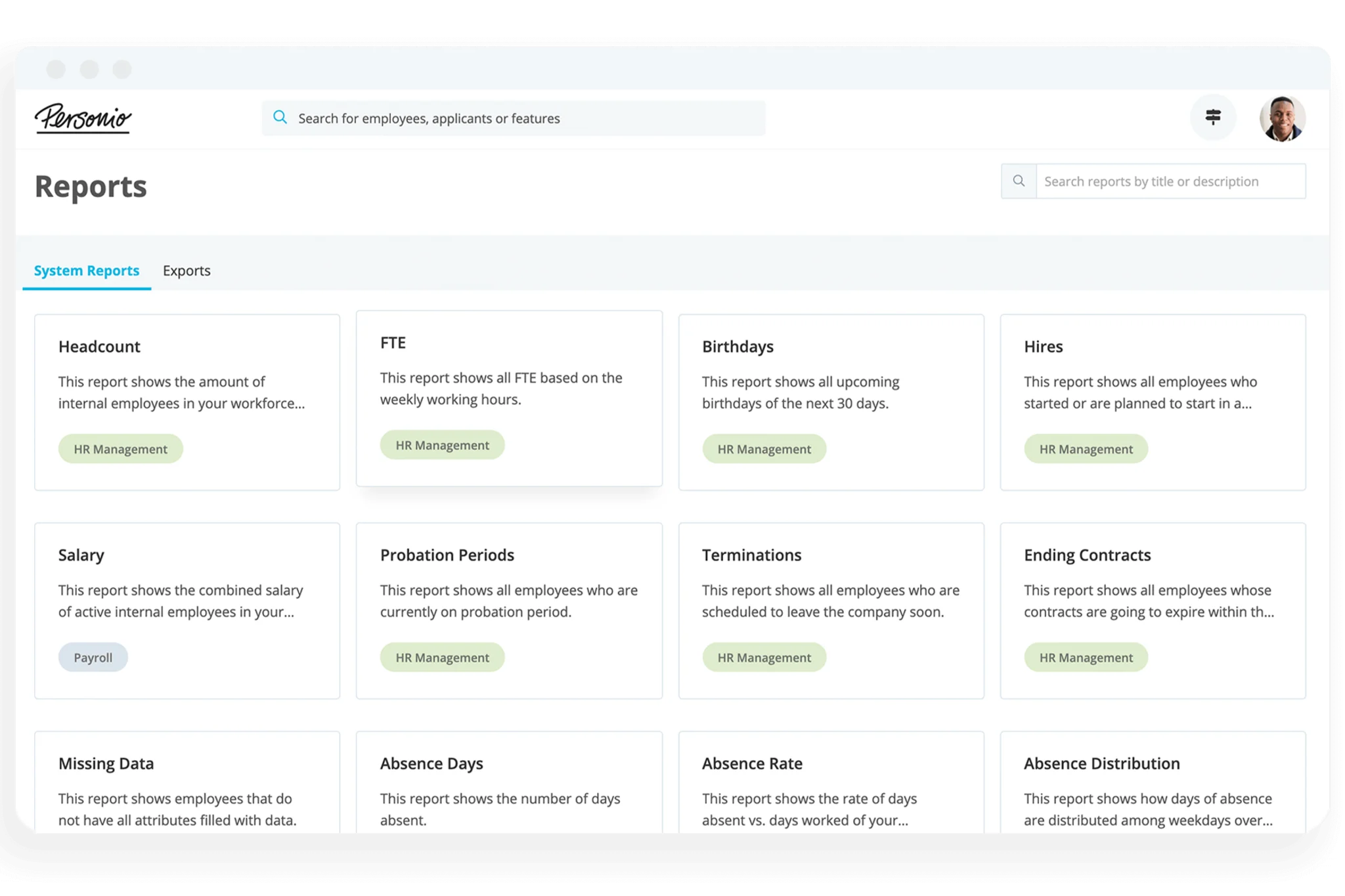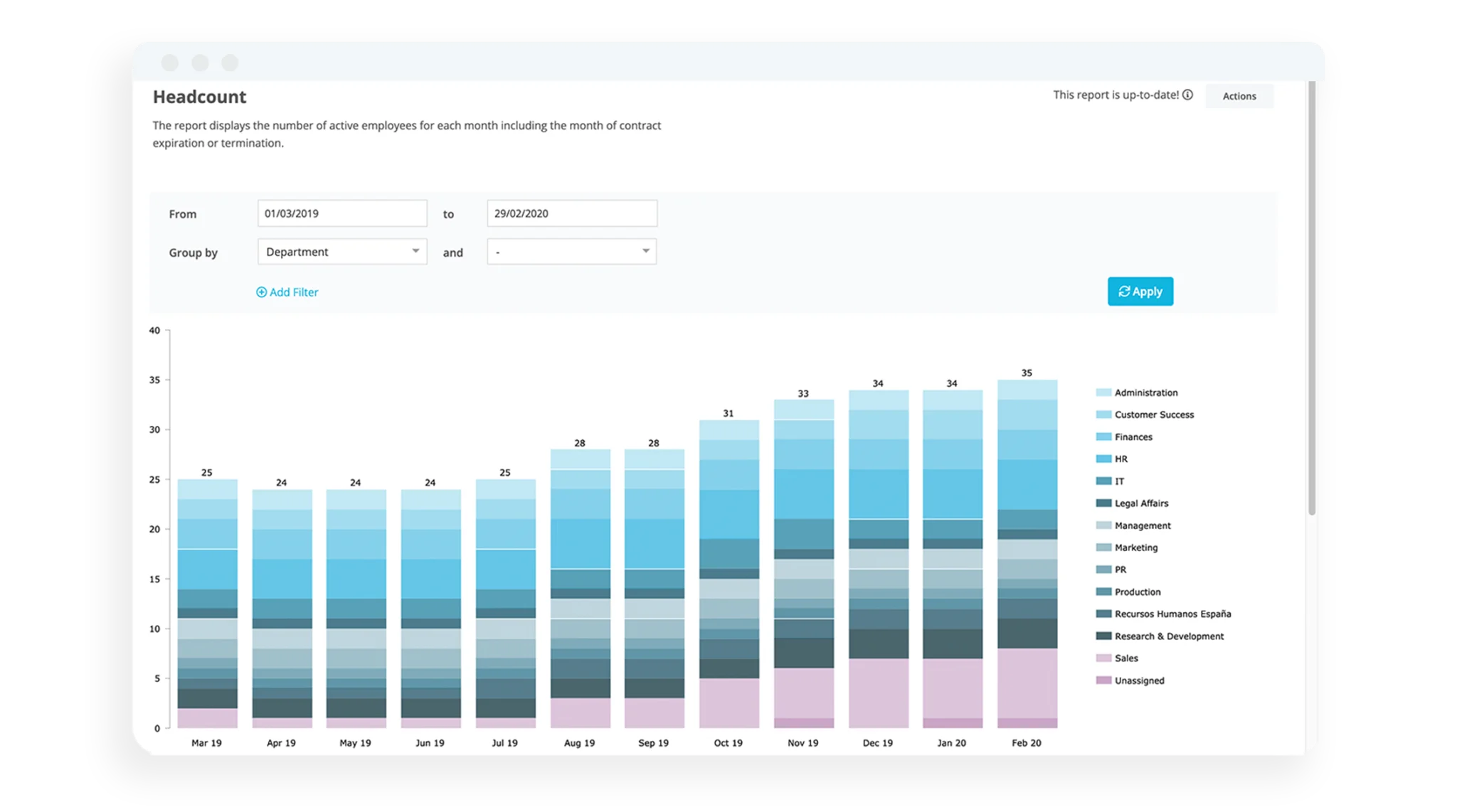The gender pay gap in the UK: a guide for businesses
If your organisation has at least 250 employees, you’re required to report your gender pay gap data to the government every year. But even smaller companies can benefit from understanding the pay disparities that exist in their organisation — and in the UK as a whole.
In this article, we’ll explain what the gender pay gap is, explore some of the driving factors behind it, and discuss what HR teams can do to dismantle the gender pay gap within their organisations.
Key facts:
The gender pay gap in the UK was 14.9% across all jobs and 8.3% for full-time jobs in 2022.
This is in spite of legislation like the Equal Pay Act, which makes pay discrimination on the basis of gender illegal.
HR teams have an important role to play in fighting the gender pay gap. They can do this by developing strategies that promote equity and create a level playing field for all employees.
Contents
- 1What is the gender pay gap?
- 2From 1970 until today: a brief overview of the Equal Pay Act in the UK
- 3The reasons behind today’s gender pay gap
- 4UK gender pay gap reporting requirements
- 5Calculating the gender pay gap in a UK company
- 65 ways HR can fight the gender pay gap
- 7Finding time to tackle the gender pay gap
- 8Frequently asked questions about the gender pay gap
What is the gender pay gap?
The gender pay gap is the gap in earnings between men and women on average across all jobs in the UK. In 2022, the gender pay gap was 8.3% for full-time employees and 14.9% across all jobs. That means that the average female employee in the UK earns 14.9% less than the average male employee.
From 1970 until today: a brief overview of the Equal Pay Act in the UK
Paying men and women different salaries for the same work is illegal in the UK. This is because of the Equality Act 2010, a piece of legislation designed to protect people from discrimination in the workplace. Many of the rules around pay discrimination against women were originally set out in the Equal Pay Act, which came into force in 1975.
The law says that companies must pay men and women the same pay if they do the same work, or work that is of ‘equal value’. If they don’t, they could face legal claims for discrimination.
The rules are quite complicated, and companies can sometimes claim that discrepancies in pay are not due to the employee’s gender, but to other factors like skill shortages or the location where the employee works.
You can find more information about the history of the Equal Pay Act over its 50 years of existence in this article.
The reasons behind today’s gender pay gap
The Equality Act 2010 only applies to women and men doing the same or similar work, for the same company. But the gender pay gap is calculated using the average earnings of men and women across all jobs.
That means that the gender pay gap isn’t necessarily due to direct discrimination. Instead, it’s down to a number of different social and economic factors that mean women typically earn less than men.
For example, women are:
More likely to hold part-time jobs, which pay less per hour than full-time roles
More likely to drop out of work after having children, which affects their career prospects
More likely to work in lower-paid sectors like care, leisure and other service occupations
More likely to accept lower pay in exchange for a shorter commute
More likely to work in the public sector, where salaries tend to be lower
More likely to be in low-paid roles, even within the same industries
UK gender pay gap reporting requirements
Since 2017, companies with 250 or more employees have been required to regularly report on their gender pay gap. These companies must publish this data on their own websites and on a government website every year.
Calculating the gender pay gap in a UK company
Below, we’ll show you how to calculate the gender pay gap in your organisation. To make things easier, we’ll calculate the pay gap for a fictional company, Cupcake Bakery. The bakery is a small business that employs seven women and five men.
Step #1: Finding the average hourly pay for men and women.
When you report your gender pay gap data, you need to provide both your mean and median gender pay gap. Here’s a quick refresher in case you need it:
Median: the middle point of a range of numbers when arranged in ascending order
Mean: the figure calculated by dividing the sum of a group of values by the number of values in the group
We’ll provide both the median and mean hourly earnings for the men and women at Cupcake Bakery.
Women | ||||||||
Employee | Sally | Mary | Allison | Lucy (median) | Carla | Sarah | Beth | Mean average |
Hourly pay | £10.50 | £11.50 | £12.50 | £14 | £16 | £21 | £22.50 | £15.43 |
Men | ||||||
Employee | Dave | Tom | Pete (median) | John | Tim | Mean average |
Hourly pay | £10.50 | £12.00 | £16.00 | £21 | £23 | £16.50 |
Step #2: Calculating the gender pay gap
To find out the gender pay gap at this organisation, we need to work out the difference between the average hourly earnings for men and women. We then need to express this as a percentage of the average man’s earnings. The process is the same for the median and mean figures, but we’ll focus on the median for now.
Here are the calculations to follow.
First, we need to subtract the median hourly pay for women from the median hourly pay for men:
16 – 14 = 2
Then, we divide the result by the median hourly pay for men:
2 ÷ 16 = 0.125
To make this into a percentage, we multiply it by 100:
0.125 × 100 = 12.5
This tells us that the median gender pay gap at Cupcake Bakery is 12.5%. In other words, women earn an average of 12.5% less than men at this organisation.
5 ways HR can fight the gender pay gap
If your organisation has a gender pay gap, that doesn’t mean you’ve been illegally discriminating against female employees. As we’ve discussed, there are some important social and economic factors that play into the gender pay gap, which won’t be dismantled overnight.
That said, there are some things that you can do as an HR team. Here are our five top strategies for fighting the gender pay gap in your organisation.
1. Understand and analyse your data
Before you can do anything about your organisation’s gender pay gap, you need to understand what’s driving it. To do this, take note of:
The proportion of men and women at each level of employment
The gender of everyone who was recently hired, promoted or given a pay rise
This can reveal some interesting insights. For example, you might find that you have a good balance of genders for entry-level roles, but that men hold more senior positions than women. By looking at the data, you can figure out at what stage this imbalance begins to show — and then work to correct it.
2. Normalise flexible working arrangements
Women are much more likely than men to be responsible for unpaid work like childcare, housework and caring for elderly relatives. This means that flexible working policies are extremely valuable to many female employees.
However, it’s not enough to simply offer these perks. A recent Deloitte study found that many women don’t feel comfortable taking advantage of them, with 97% believing that it would affect their chances of promotion.
In order for this strategy to work, flexible work needs to be truly normalised — starting from the top down. And employees should be reassured that their needs and personal lives won’t impact their career prospects.
3. Rethink your hiring process
Almost every stage of the hiring process includes opportunities for bias, which could lead to a worsening of your gender pay gap over time. If you’re serious about fighting the gender pay gap, you may need to reinvent your entire process.
You can start with your job descriptions. Studies have found that women are less likely to apply for jobs if the job description includes masculine-coded words like ‘competitive’, ‘dominant’ or ‘leader’. Removing this subtly gendered language could help you attract more female candidates for top roles.
Companies should also think carefully about the practice of basing new hires’ salaries on what they earned at their last company. If they have previously been undervalued, this will only compound your gender pay gap — particularly as women are significantly less likely to negotiate on salary offers than men. Instead, base your offer on what other similar positions in the company are currently paid.
4. Build career paths for internal mobility
Building career paths that help employees to advance within your organisation can help you to improve retention by showing your employees that there’s room for them to grow. It’s also an opportunity to make sure the women in your organisation are advancing at the same rate as their male colleagues.
To help employees — especially female ones — to achieve their full potential, managers should make time to sit down with them and find out their career aspirations. Then, they can work together to build a road map that will help them get there, including any additional skills or experience they’ll need to gain.
Managers should organise regular check-ins with their employees to find out how things are going. They should also be on the lookout for any relevant opportunities that could help those employees to meet their goals.
Finding time to tackle the gender pay gap
HR teams have an important role to play in closing the gender pay gap within their organisations. But for that, they need both access to accurate, real-time data on their workforce, and the time to focus on introducing strategic initiatives to level the playing field for people of all genders.
The answer? Personio. Personio is an all-in-one system that will not only give you the data you need to understand your workforce, but also help you to automate and streamline repetitive tasks so you can focus on what matters: closing your organisation’s gender pay gap once and for all.
Book your free web demo to learn more.
Frequently asked questions about the gender pay gap
Here are the answers to some FAQs about the gender pay gap in the UK.
What is the gender pay gap in the UK?
The gender pay gap is the difference between the average man and woman’s hourly earnings across all jobs. It’s currently 8.3% for full-time employees and 14.9% across all jobs.
Why does the UK have a gender pay gap?
There are many reasons behind the gender pay gap in the UK, including the fact that women are more likely to hold part-time jobs or work in low-paid positions than men. Men are also more likely to hold leadership roles than women, especially after the age of 40.
Where can I find official guidance on gender pay gap reporting?
You can find guidance to help you report on your organisation’s gender pay gap on the HMRC website, here.



